Trillion-transistor chip can run real-world simulations with over a million variables faster than real-time.


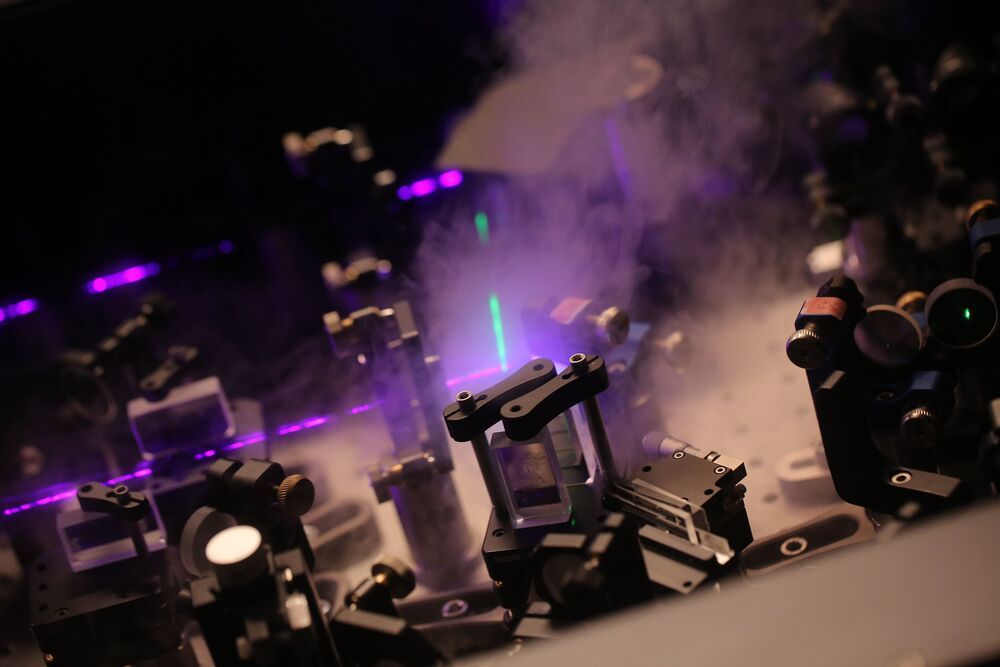
When light falls on a material, such as a green leaf or the retina, certain molecules transport energy and charge. This ultimately leads to the separation of charges and the generation of electricity. Molecular funnels, so-called conical intersections, ensure that this transport is highly efficient and directed.
An international team of physicists has now observed that such conical intersections also ensure a directed energy transport between neighboring molecules of a nanomaterial. Theoretical simulations have confirmed the experimental results. Until now, scientists had observed this phenomenon only within one molecule. In the long term, the results could help to develop more efficient nanomaterials for organic solar cells, for example. The study, led by Antonietta De Sio, University of Oldenburg, and Thomas Frauenheim, University of Bremen, Germany, was published in the current issue of the scientific journal Nature Nanotechnology.
Photochemical processes play a major role in nature and in technology: When molecules absorb light, their electrons transit to an excited state. This transition triggers extremely fast molecular switching processes. In the human eye, for example, the molecule rhodopsin rotates in a certain way after absorbing light and thus ultimately triggers an electrical signal—the most elementary step in the visual process.

Florida’s Undefined Technologies claims it has managed to increase the thrust levels of ion propulsion systems to “unprecedented levels” with its “Air Tantrum” technology, enabling near-silent drones with no moving parts, that look like flying pallets.
All aircraft propulsion systems provide thrust by moving air or another propellant, and for the vast majority of drones that means some kind of fan or propeller spinning angled blades to push air through and create thrust in the opposite direction. Ionic propulsion, on the other hand, is entirely electromagnetic.
The process uses a high-voltage electric field to ionize the nitrogen and oxygen molecules in the air, liberating electrons to create, primarily, a lot of positively-charged nitrogen molecules. These are drawn toward a negatively-charged electrode, usually in the form of a flat screen grid, and as they accelerate, they bang into other air molecules and bump them in the same direction to create an ionic wind.
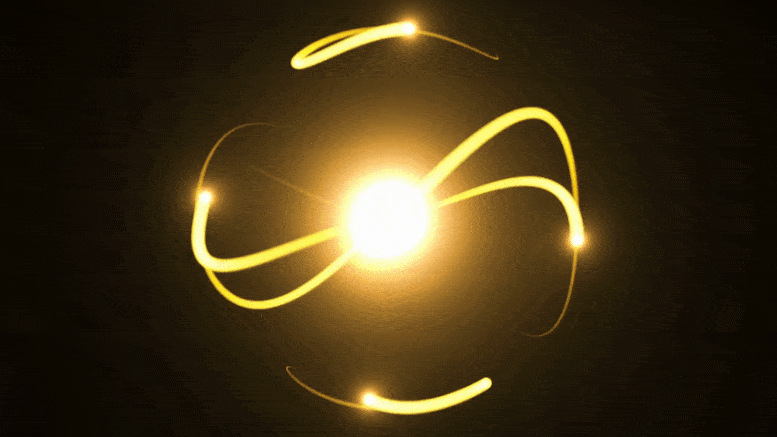
In a new realm of materials, PhD student Thanh Nguyen uses neutrons to hunt for exotic properties that could power real-world applications.
Thanh Nguyen is in the habit of breaking down barriers. Take languages, for instance: Nguyen, a third-year doctoral candidate in nuclear science and engineering (NSE), wanted “to connect with other people and cultures” for his work and social life, he says, so he learned Vietnamese, French, German, and Russian, and is now taking an MIT course in Mandarin. But this drive to push past obstacles really comes to the fore in his research, where Nguyen is trying to crack the secrets of a new and burgeoning branch of physics.
“My dissertation focuses on neutron scattering on topological semimetals, which were only experimentally discovered in 2015,” he says. “They have very special properties, but because they are so novel, there’s a lot that’s unknown, and neutrons offer a unique perspective to probe their properties at a new level of clarity.”
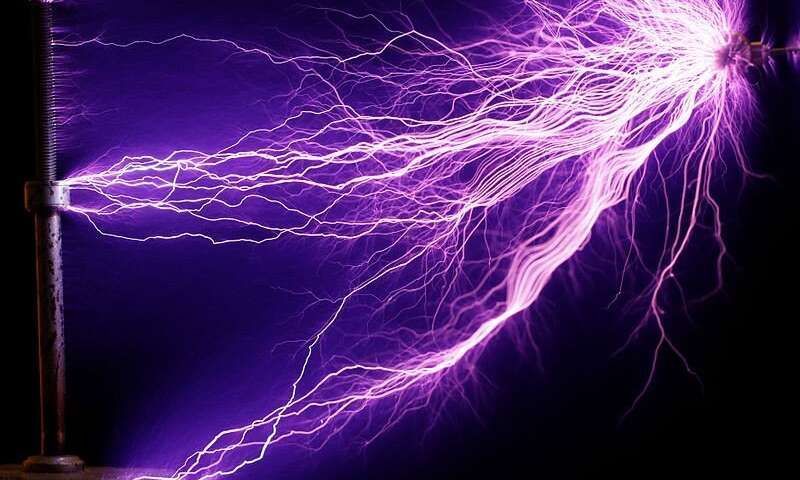
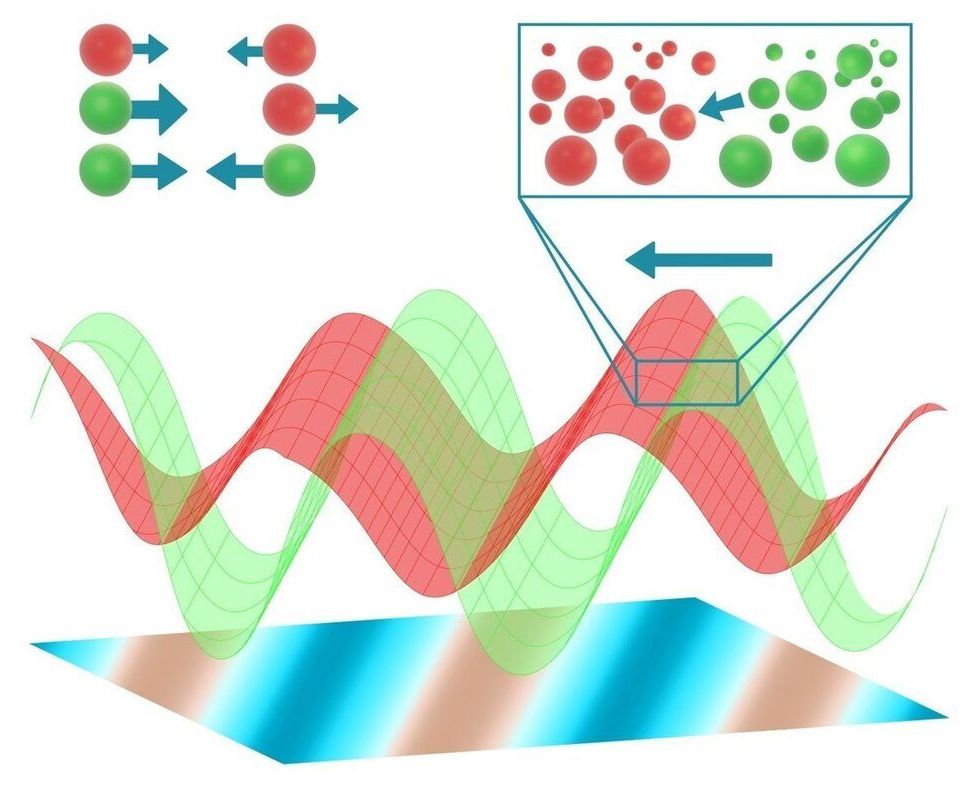
At first glance, a pack of wolves has little to do with a vinaigrette. However, a team led by Ramin Golestanian, Director at the Max Planck Institute for Dynamics and Self-Organization, has developed a model that establishes a link between the movement of predators and prey and the segregation of vinegar and oil. They expanded a theoretical framework that until now was only valid for inanimate matter. In addition to predators and prey, other living systems such as enzymes or self-organizing cells can now be described.
Order is not always apparent at first glance. If you ran with a pack of wolves hunting deer, the movements would appear disordered. However, if the hunt is observed from a bird’s eye view and over a longer period of time, patterns become apparent in the movement of the animals. In physics, such behavior is considered orderly. But how does this order emerge? The Department of Living Matter Physics of Ramin Golestanian is dedicated to this question and investigates the physical rules that govern motion in living or active systems. Golestanian’s aim is to reveal universal characteristics of active, living matter. This includes not only larger organisms such as predators and prey but also bacteria, enzymes and motor proteins as well as artificial systems such as micro-robots. When we describe a group of such active systems over great distances and long periods of time, the specific details of the systems lose importance.
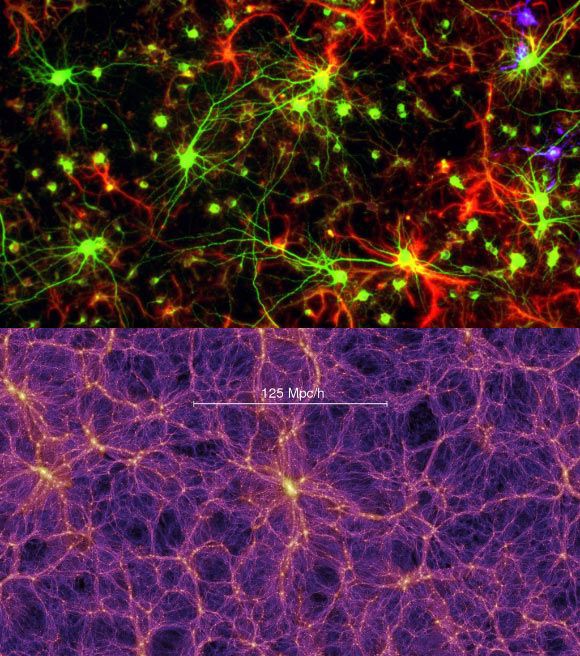
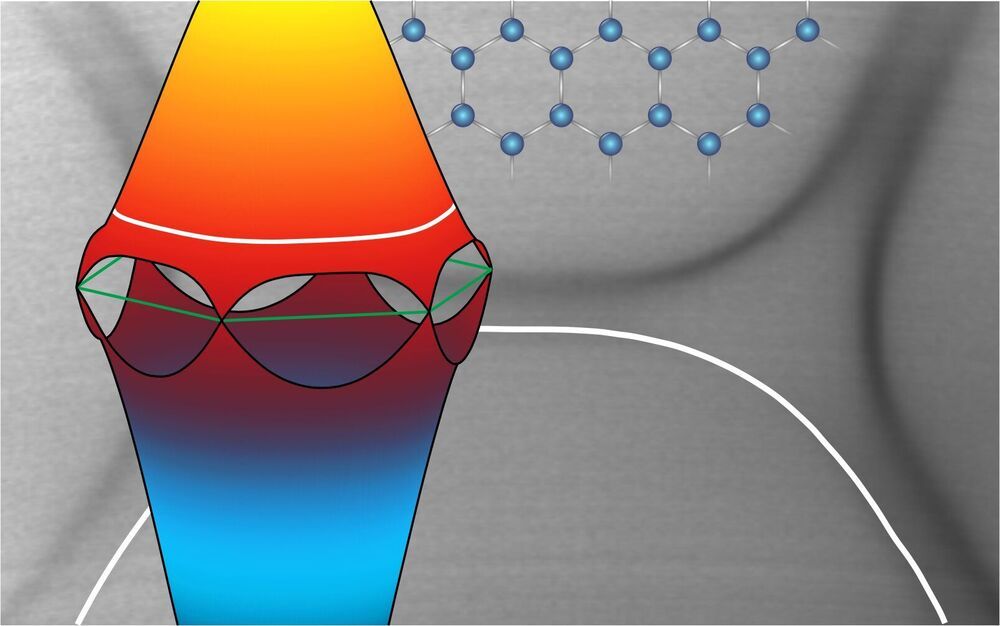
For over a decade, theoretical physicists have predicted that the van Hove singularity of graphene could be associated with different exotic phases of matter, the most notable of which is chiral superconductivity.
A van Hove singularity is essentially a non-smooth point in the density of states (DOS) of a crystalline solid. When graphene reaches or is close to this specific energy level, a flat band develops in its electronic structure that can occupy an exceptionally large number of electrons. This leads to strong many-body interactions that promote or enable the existence of exotic states of matter.
So far, the exact degree to which the available energy levels of graphene need to be filled with electrons (i.e., “doped”) in order for individual phases to stabilize has been very difficult to determine using model calculations. Identifying or designing techniques that can be used to dope graphene to or beyond the van Hove singularity could ultimately lead to interesting observations related to exotic phases of matter, which could in turn pave the way towards the development of new graphene-based technology.
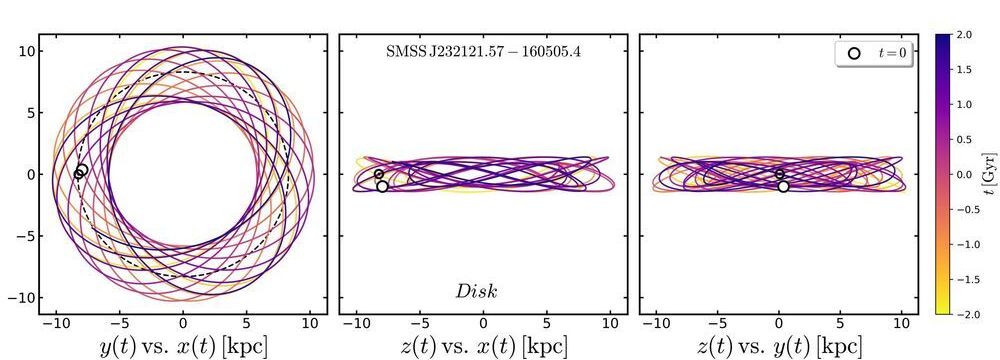
Theories on how the Milky Way formed are set to be rewritten following discoveries about the behavior of some of its oldest stars.
An investigation into the orbits of the Galaxy’s metal-poor stars—assumed to be among the most ancient in existence—has found that some of them travel in previously unpredicted patterns.
“Metal-poor stars—containing less than one-thousandth the amount of iron found in the Sun—are some of the rarest objects in the galaxy,” said Professor Gary Da Costa from Australia’s ARC Center of Excellence in All Sky Astrophysics in 3 Dimensions (ASTRO 3D) and the Australian National University.
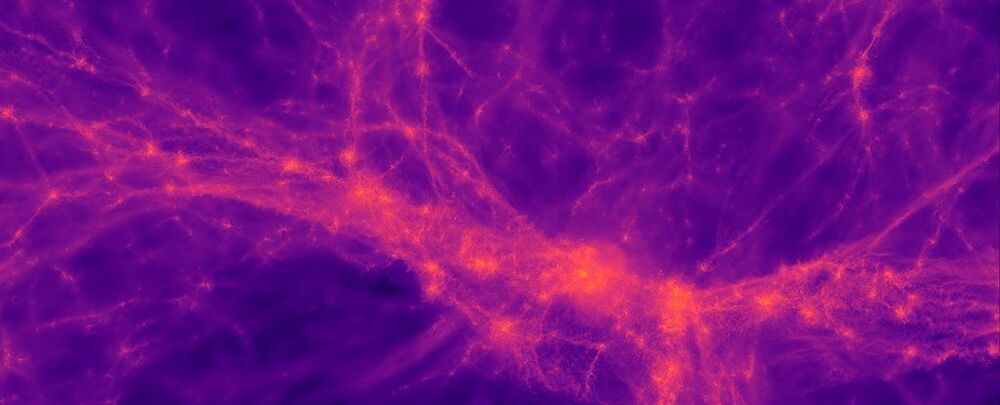
So the Universe is getting hotter? 😃
For almost a century, astronomers have understood that the Universe is in a state of expansion. Since the 1990s, they have come to understand that as of 4 billion years ago, the rate of expansion has been speeding up.
As this progresses, and the galaxy clusters and filaments of the Universe move farther apart, scientists theorize that the mean temperature of the Universe will gradually decline.
But according to new research led by the Center for Cosmology and AstroParticle Physics (CCAPP) at Ohio State University, it appears that the Universe is actually getting hotter as time goes on.